Shahidul Alam: Fiercely Devoted to the Truth
Shahidul Alam: Fiercely Devoted to the Truth As fidelity to facts leads to hardships, the Bangladeshi photographer’s incarceration demonstrates how a government restricts expression and criticism
Update: A Bangladeshi court has granted Shahidul Alam bail after 102 days of detention.
“I don’t want to be your icon of poverty or a sponge for your guilt. My identity is for me to build, in my own image. You’re welcome to walk beside me, but don’t stand in front of me to give me a helping hand. You’re blocking the sun.”
Those words — a philosophy of life if there ever was one — grace the back cover of “Shahidul Alam, My Journey as a Witness,” a deep look at the Bangladeshi photographer’s images and words. Mr. Alam, 63, has been an activist, photographer, teacher and inspiration not just to the students he has mentored, but to those who cherish the truth, especially in these days when simple truths can lead to hard times.
One hundred days ago today, Bangladeshi security forces arrested Mr. Alam for videos posted online where he discussed the student protests that had been rocking the country. Denied bail, his case — a cause, actually — remains active, even though the country’s minister of culture said it would soon be resolved.
Given his history of activism, as well as his government’s continuing discomfort with Mr. Alam’s work, it remains to be seen how soon the case will be resolved and in whose favor. Mr. Alam can be warm, self-effacing and funny. But he is fiercely devoted to the truth, which — to invoke the words of W. Eugene Smith — is his only prejudice. (Such commitment may not be shared by some of his country’s literary figures, who, according to Al Jazeera, stayed mostly silent about Mr. Alam’s predicament during the recent Dhaka Literary Festival.)
Last April, participants in the New York Portfolio Review had a chance to hear a conversation between Mr. Alam and me, where he shared his passion for storytelling guided by the perspective of his subjects. Eschewing the relative — and incorrect — terms like “minority” or “third world,” he favors the phrase “majority world,” which captures the reality of global demographics, where people of color are the majority. That point of view informs his work and images, just as it has been inculcated in the minds of the many young Bangladeshi photographers he has taught.
Mr. Alam is one of those figures familiar to those of us who covered authoritarian regimes, where truth-tellers end up in prison or in graves. Equal parts pragmatist and poet, they straddle art and activism, knowing each informs the other. During the conversation, he alluded to his core beliefs in a way that, in hindsight, was chilling.
“It’s fine to take great pictures, but martyrs don’t make great photographers,” he said. “Staying safe is one part of the equation. The other is understanding all that happens … There are many ways to tell stories. For me — and this might not apply to all of you — but I am from Bangladesh and my concern is Bangladesh itself. I’m very happy when they publish my pictures. I’m happier still when they pay me for publishing my pictures. But the point is, that is not my primary concern. My primary concern is what is happening to my country, my people. That is where my intervention needs to be.”
More excerpts from that April conversation, edited for space and clarity, are below. As you read them, remember that Shahidul Alam still sits in a cell, the sun blocked by his very government, which recoiled at his shedding light on injustice. Those of us who take for granted the warmth of sunlight — and freedom of expression — should not forget a solitary man a world away.
On what motivated him as a photographer:
I was having a show in Belfast, and I was staying with Irish friends in a small town. They had a 5-year-old named Karina. I love kids and Karina and I were great pals. I’d come back from the show. I emptied my pockets. I had some coins. I was putting them on the table. Usually, when Karina sees me, she runs up to me and jumps in my arms and we tell each other stories. That day she’s at the door staring at me. I said, “What’s the matter, Karina?” She says, “You’ve got money?” I say, “Yes, I’ve got money.” She says, “But you’re from Bangladesh.” She couldn’t make it fit.
She’s a nuclear physicist [today] doing wonderful things, but I remember her as a 5-year-old daughter in a little veranda dancing in the moonlight. It was magical … It got me thinking about the sort of environment, that social, political, cultural environment that a 5-year-old grew up where she was incapable [of] seeing a Bangladeshi as anything other than an icon of poverty. So it got me thinking about what led to it.
On the need for accurate representation:
I was concerned about the fact that most of the photographs of Bangladesh came from white, Western photographers coming in to take pictures. But I began to question my own role in my own community: If I’m in a slum photographing a woman who doesn’t have a door to shut in my face, and I’m here with a camera, that power relationship between me and her isn’t that far different between me and her and some of the white Western photographers.
We control the camera. We decide. We determine how the story gets told. She has no say in it. That was what we were trying to change, so some of the things we did, we started teaching women photography. Way back in ’92 we started working with working-class children who now have become professional photographers.
On how one image of a man praying countered stereotypes:
Islamophobia is a big thing, and you see certain images about Islam … One of the things about Islam is you do not require a priest, you do not require a mosque. You communicate with God yourself, and if it’s the time you pray, where you are is your mosque. And it’s sunset, man comes down, he begins to pray. This is his mosque. It’s a very different representation of Islam to the representation you’re used to seeing. And I think we need to get beyond these clichés and stereotypes and those that someone thinks are happening.
Putting the subject-editor-photographer dynamic in context:
[If] I’m in a village in Bangladesh photographing a farmer, probably the most knowledgeable about the situation is the farmer in the field. Me? By dint of having come close to that farmer, knowing about it, I’m probably something closer. Not as much. The person who probably knows the least is at this end who’s commissioning. Yet he’s the one who calls the shots. He’s the one who decides what picture gets used, how it gets used. And that farmer has zero say in that process.
It’s worthwhile remembering that you are not merely a photographer. But you are the authenticator of the story. You are the primary witness. In that sense you have something to offer beyond your photographs. That is something you need to bring across today, and a sensible picture editor will recognize that and respect that, but you have to gain that respect. It doesn’t happen by itself. If all you’re doing is merely regurgitating stuff, you have not added value to that situation. If through your storytelling you blow up the nuances, you’ve been able to unpack the story, you’ve been able to illuminate the editor and through the editor, the reader, you’ve actually brought a lot more value to that story.
On staying true to principles:
At the end of the day you need to be true to your politics and your understanding. That is you. And sure, I’ve been redirected from mistakes that I make. And I make lots of mistakes. And I’m prepared to listen, but I’m not prepared to change my position because it is convenient for the other person for me to do so. My story is my story to be told. That person might not have been interested, but that’s another point of view.
I’m not being facetious. I think in the end you are the storyteller and you need to be true to your story. That person might have a valid criticism, which you need to take on board and accept and deconstruct … but you’re not trying to tell his story. It’s your story you’re telling.
Courtesy: The New York Times
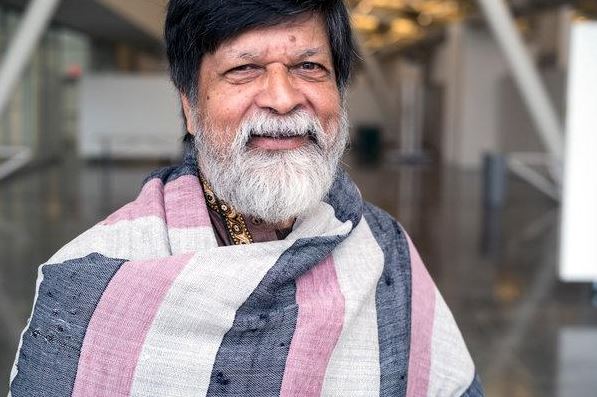
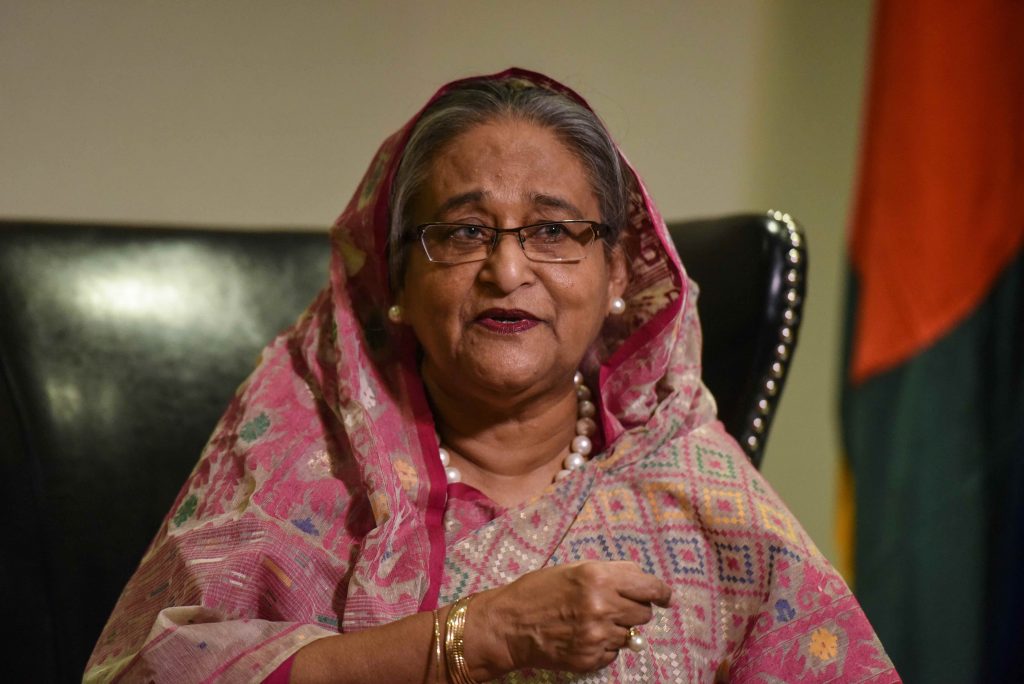
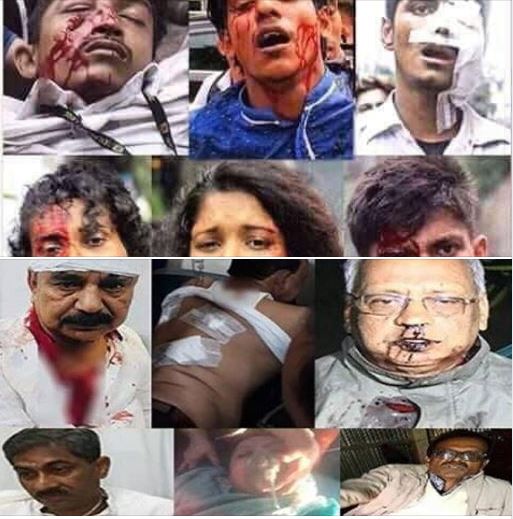
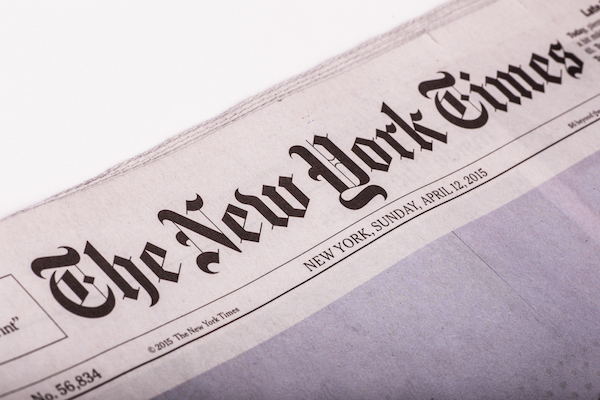
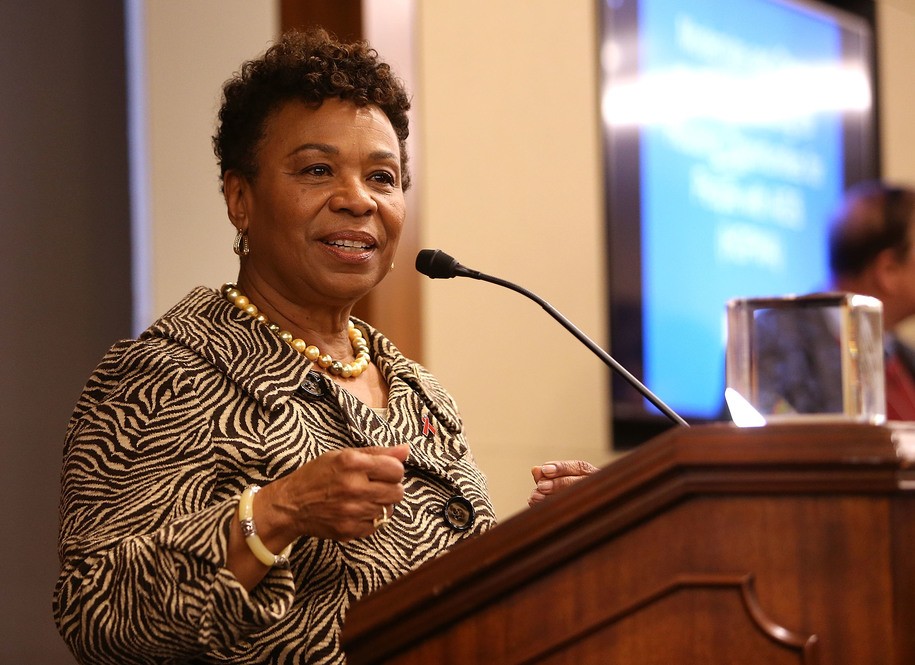
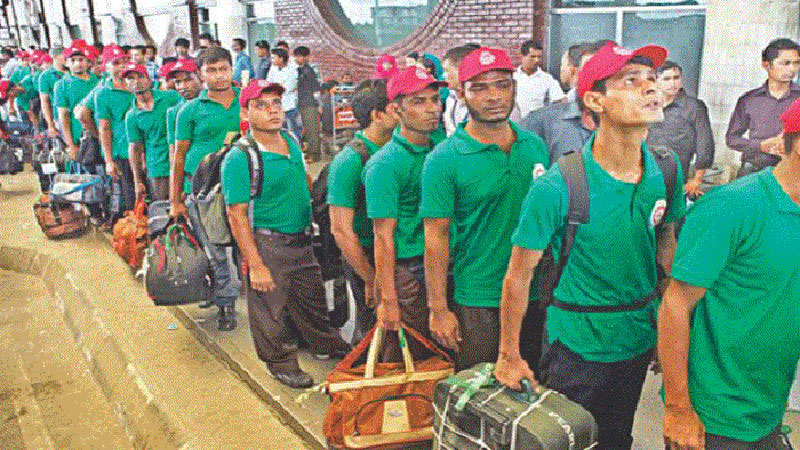
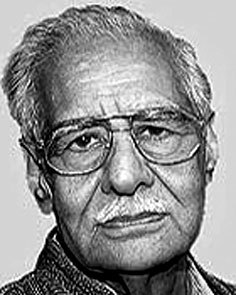
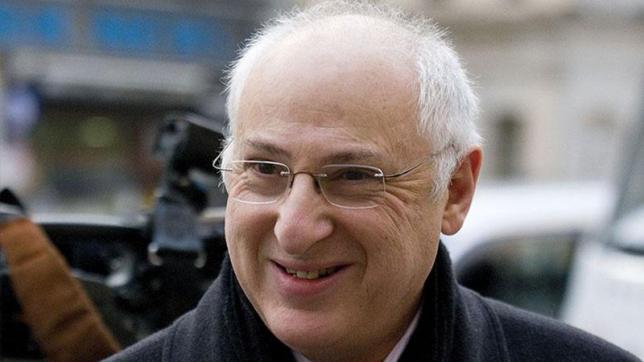
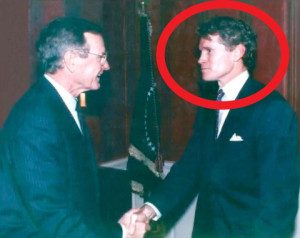
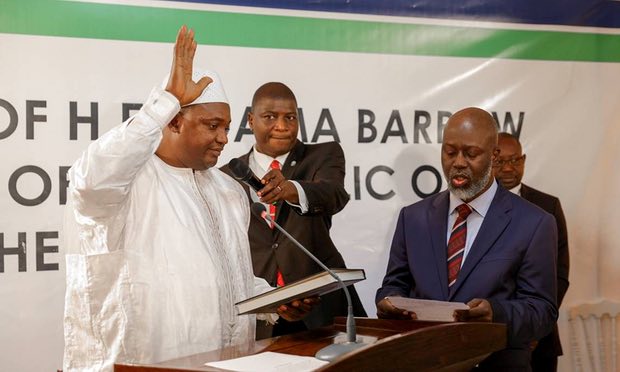

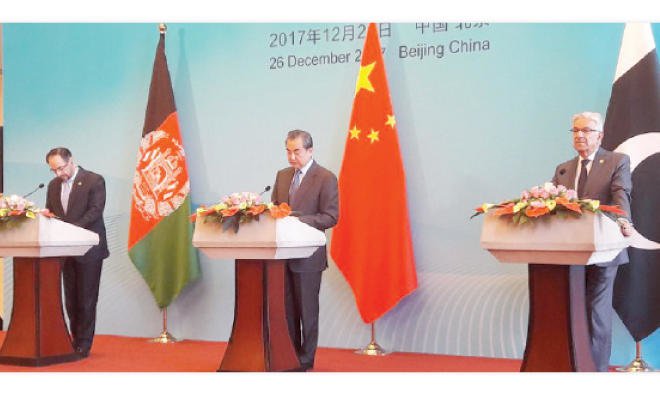
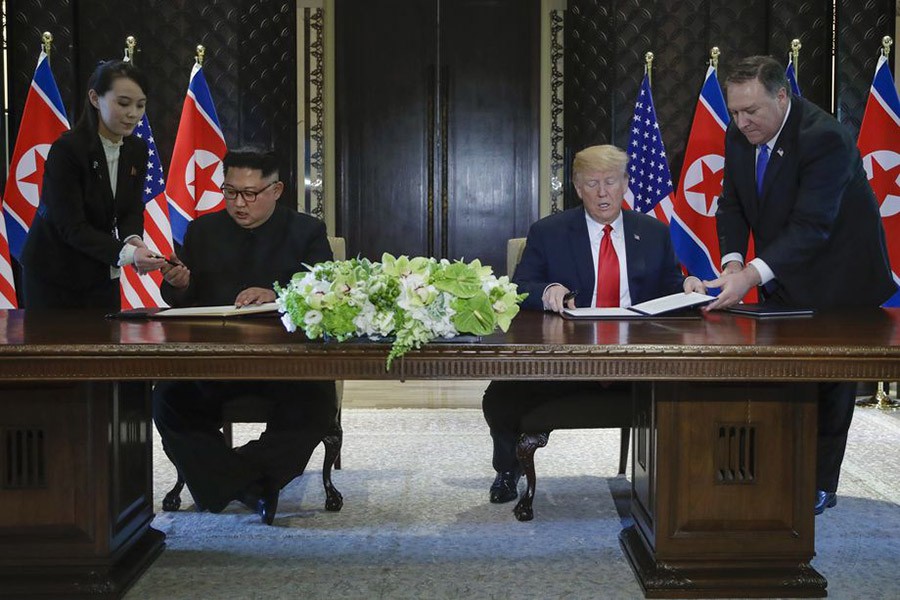
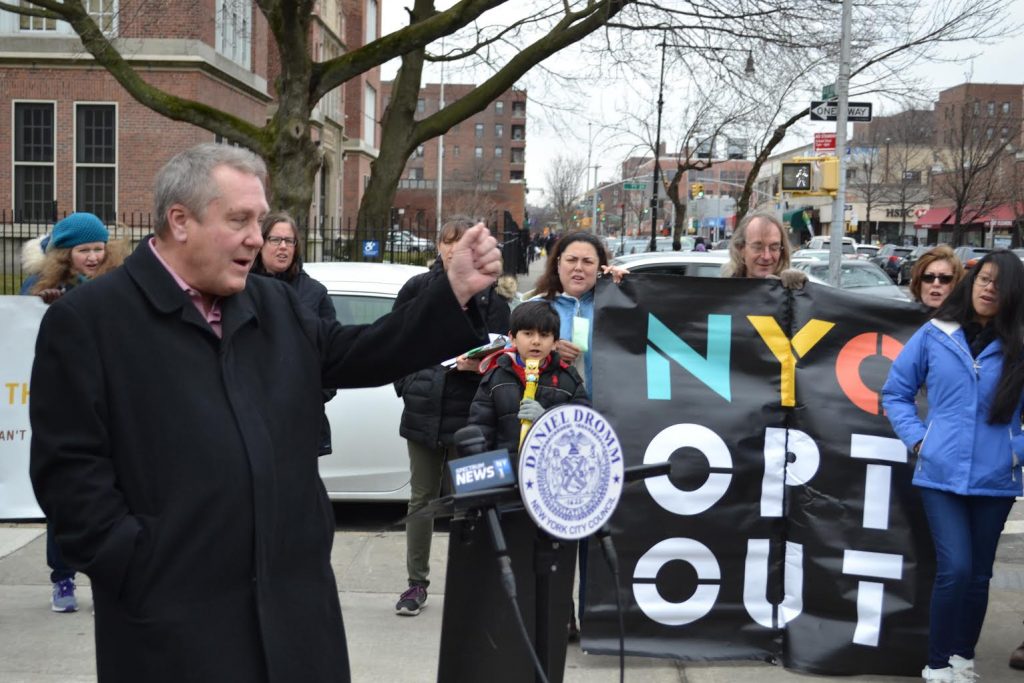
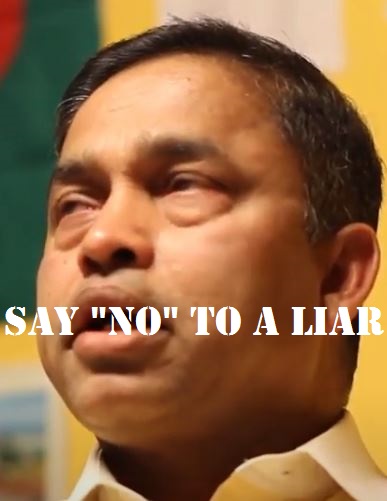
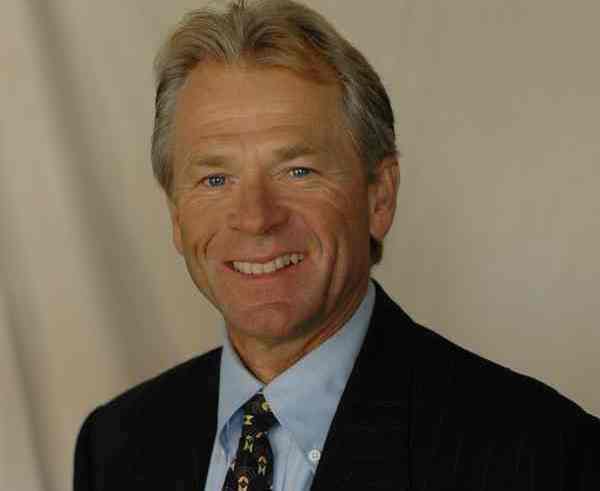
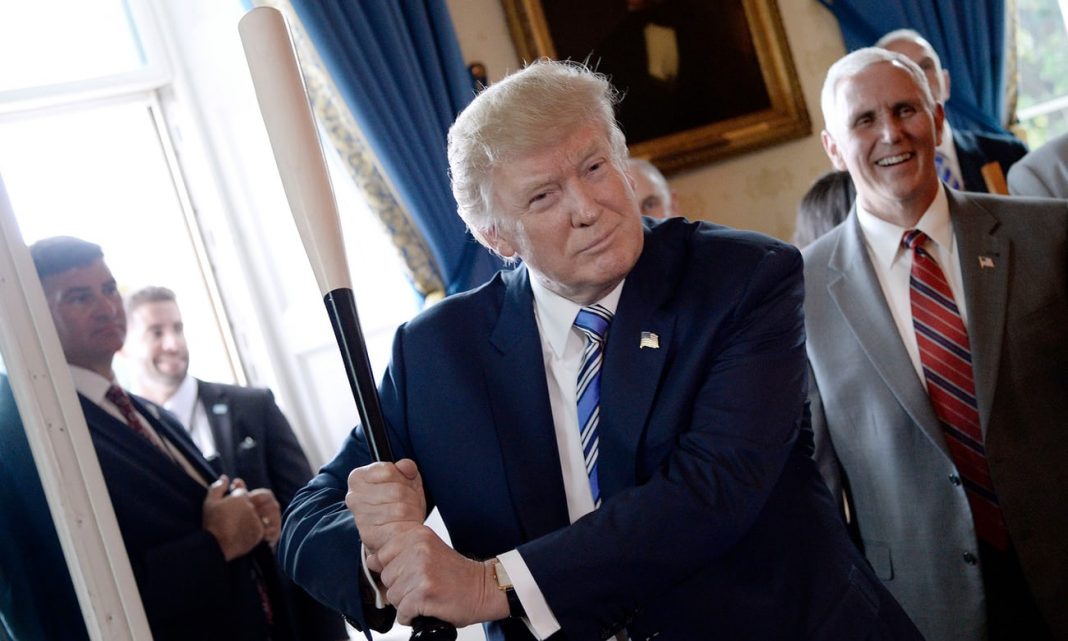
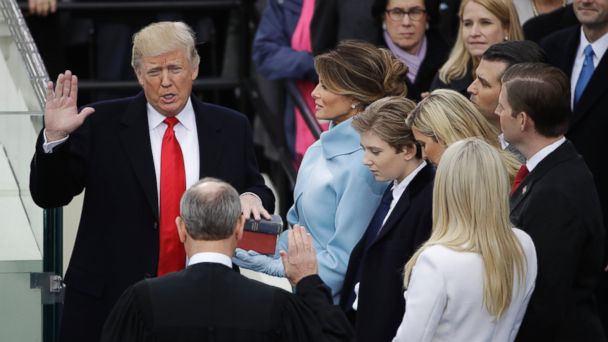


Comments